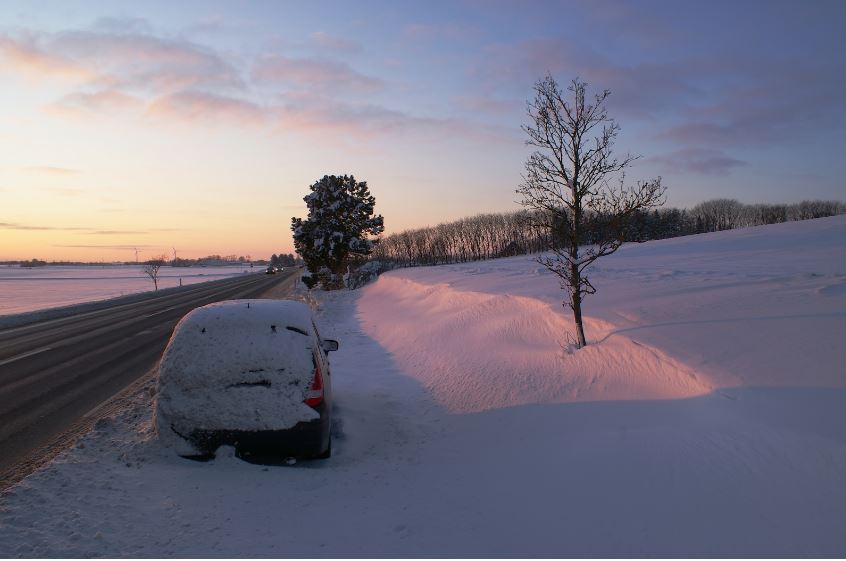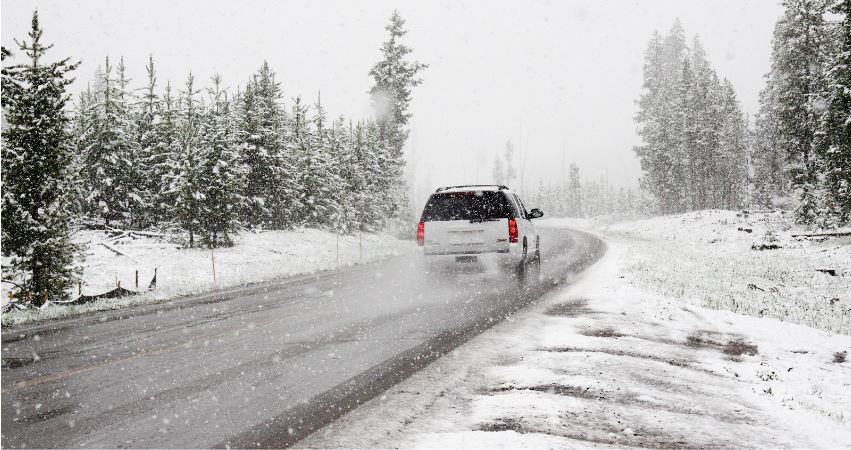Brrr! Don't Let Winter Ruin Your Car Journeys!
Dec 08, 2016 08:25
Personally, I prefer winter over summer. I’m much better at handling the cold than I am at handling the heat. But let’s face it: the same doesn’t really go for a lot of people, and it certainly doesn’t go for most machinery. Cars, for example, are much better at handling those summer months than they are the icy winter ones.

Flickr
Using your car in winter can put both you and your car at risk. Don’t worry: I’m not suggesting that your everyday winter commute is fraught with mortal danger. But you definitely need to make sure your vehicle is ready for these months. It’s during winter that most car problems and dangers arise. So let’s take a look at what you need to get done in order to protect your ride.

Wikimedia

Pexels
Flickr
Using your car in winter can put both you and your car at risk. Don’t worry: I’m not suggesting that your everyday winter commute is fraught with mortal danger. But you definitely need to make sure your vehicle is ready for these months. It’s during winter that most car problems and dangers arise. So let’s take a look at what you need to get done in order to protect your ride.
Review the battery
A lot of people are driving around with car batteries that are years old. And this is fine, for the most part. But when the temperatures get very cold, an old battery can struggle. A battery that’s five or more years old simply doesn’t get as much current to the engine as it used to. And your engine needs more current to deal with such weather. Get it reviewed, repair, or even replaced. An auto repair business can help you with this step.Wikimedia
Check your antifreeze
Antifreeze does exactly what it says on the tin. If you don’t have it in winter, then you’re putting your car at quite some risk. If you don’t have it, then the radiator, cylinder block, and the water pump will likely freeze. And trust me when I say that repairing those will not be cheap! That freezing process will occur quicker than you think. Ensure you’re got enough antifreeze during these months.The tyres
You know why the tyres are so important here. The roads aren’t exactly going to be car-friendly when winter falls. January and February in particular are going to be nasty for it. Rain and severe drops in temperature combine to make those roads icy and slippery as hell. It’s not just a case of making sure your tyres are inflated and firm before every trip (which you must do, by the way!) It’s also about making sure your tyres are actually fit for the job in the first place. Certain makes are much better at handling these roads than others.Pexels







































































